Table of Contents:
Do you sometimes find it hard to choose the right type of wine yeast? Don't know which one to buy? In this article, I'll share my tips to make your choice easier. There are approximately 1600-1700 different types of wine yeast. Lallemand, Kitzinger, Fermentis, and more. Personally, I prefer Erbslöh yeast . I've had excellent experiences with it, and the selection is wide enough without losing track.
Yeast selection is one of the most important decisions in winemaking, as the chosen yeast strain significantly shapes the wine, influences its organoleptic (sensory) qualities, and reduces the risk of fermentation problems. It's important to understand the characteristics of different yeast strains so you can make an informed choice.
But now you might be wondering: How do I select a yeast strain with the "right" characteristics to achieve my style of wine with predictable results? What factors should I consider?
Introduction to Wine Yeasts
Anyone who wants to make wine will encounter our little friends, wine yeasts. These vibrant organisms are the true magicians behind the miracle of fermentation—they munch on sugars and transform them into alcohol and fizzy carbon dioxide. Without these industrious helpers, there would be no wine in our glass! We can choose from several varieties of wine yeast, each with its own character and personality that contributes to our final result. Take, for example, our trusty friend Saccharomyces cerevisiae—we winemakers most often reach for this yeast because it's such an all-arounder, helping us create all kinds of wines, from dark red treasures to crisp white pearls and pink jewels.
We choose our yeast strain like we choose a good friend—each strain brings its own unique gifts, such as developing delicious aromas, alcohol tolerance, and creating unique flavor adventures. Our yeast also plays a role in processes like malolactic fermentation, especially important for our red wines and some white wines to achieve that soft mouthfeel and fine stability. By carefully considering what different wine yeasts have to offer, we, as winemakers, shape the character of our wine and bring out the best in our grapes. Whether we want to brew a refreshing white wine, a powerful red wine, or an elegant rosé, the right yeast choice makes the difference between a fun hobby and a true, enriching passion.
Buying a wine yeast that suits your wine style (tip 1)
Each cultivated yeast strain is isolated and developed to allow specific grape varieties to express their full, individual organoleptic characteristics for a desired wine style. It is important to use sufficient yeast to ensure proper fermentation and optimal wine quality.
For example, a white wine strain can be recommended for a specific grape variety to reveal its characteristic fruitiness. Some yeast strains also enhance peach aromas, which is especially desirable in white and rosé wines.
A red wine strain may be recommended for greater phenolic stabilization, resulting in improved mouthfeel and color stability. Besides contributing to the sensory profile, strains can be specifically recommended to address specific fermentation requirements, such as restarting a stuck fermentation or promoting malolactic fermentation.
White wine :
- Fresh, tight and fruity (lower in alcohol and based on fruit aromas): Freddo , Riesling , X-treme
- Fuller white wine (higher in alcohol, riper fruit, more intense flavour, longer aftertaste, wood aging possibly): Bouquet , Chardonnay
- Sweet white wine: Interdry
Rosé wine (retention of color) : Rosé
Red wine :
- Fruity Elegant red wine : Structure , Rouge F3
- Red wine with body, tannin, wood aging, intense taste: Color
Sparkling wine: Champ F3
For the specific wine types: mead, sparkling wine, rosé and cider I use these four yeasts:

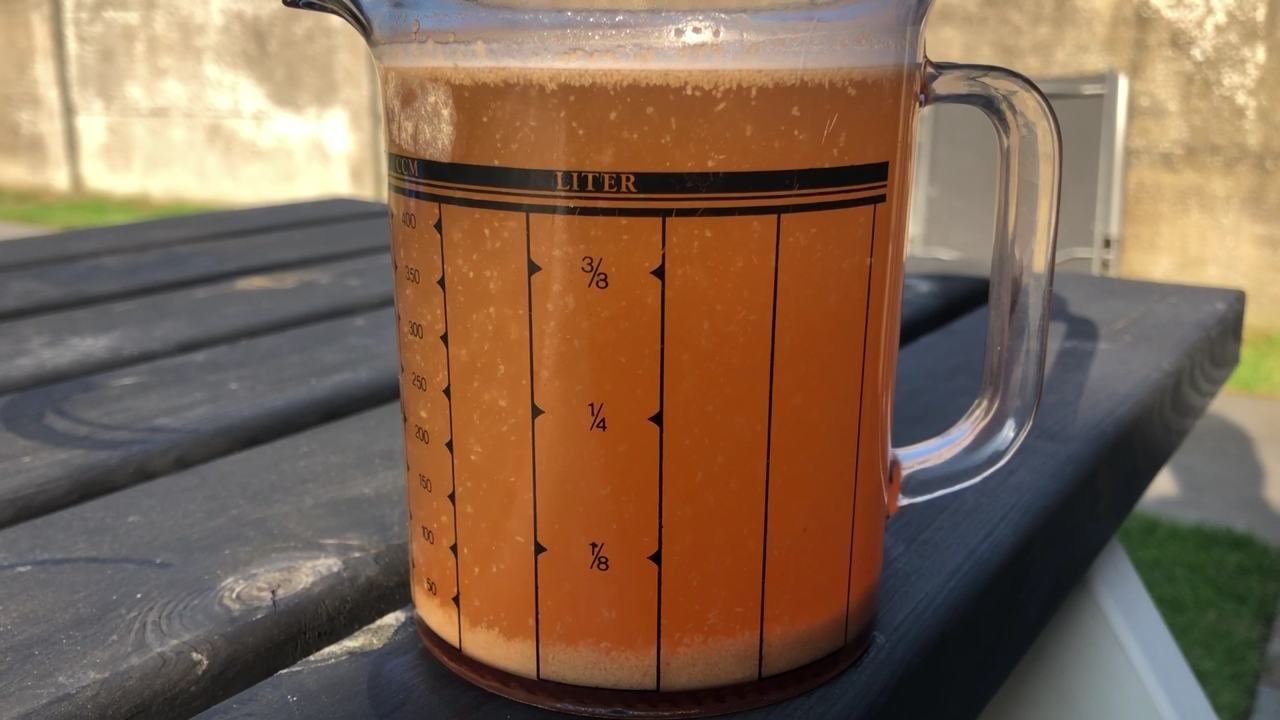

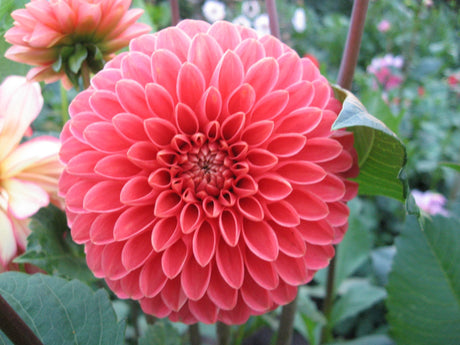
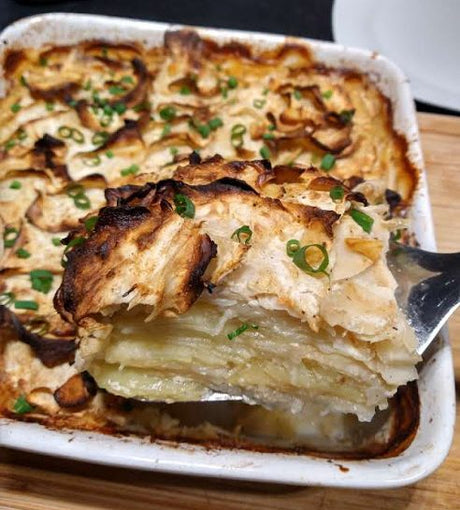
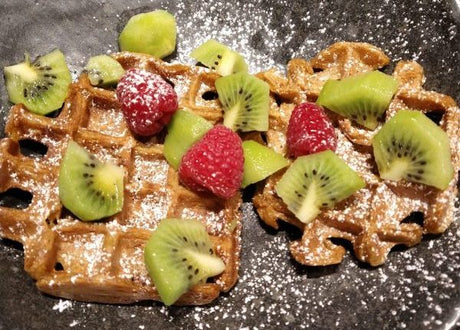


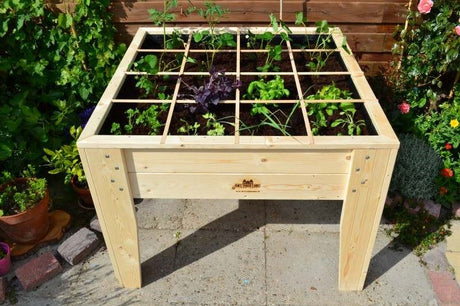
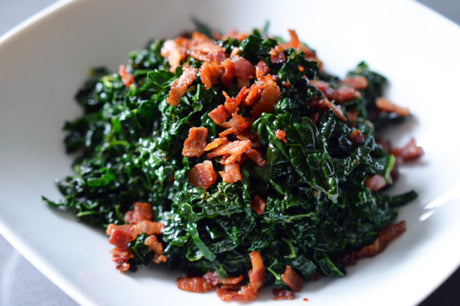
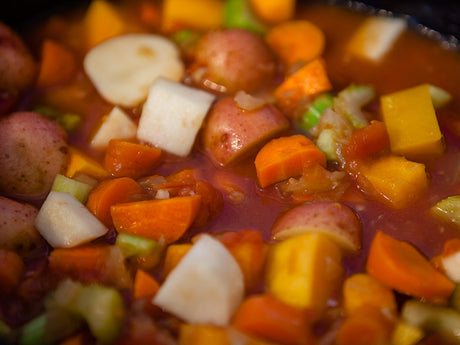
1 comment
Welke zijn de favoriete witte wijngisten die esters produceren? Welke zou je aanraden voor een veelbelovende oogst in deze warme zomer – met druiven waar waarschijnlijk goede rijpheid en suikergehalte zal worden bekomen.
Welke geschikte giststammen stel je voor, afgestemd op gekozen wijnstijl.
- voor Solaris, – frisse witte wijn / – evt. mousserende wijn
- voor Johanniter, – droge witte wijn / – Orange Wine)
en
- Regent, medium body wijn / evt. rosé?
Met vriendelijk groeten
Yves Devlies